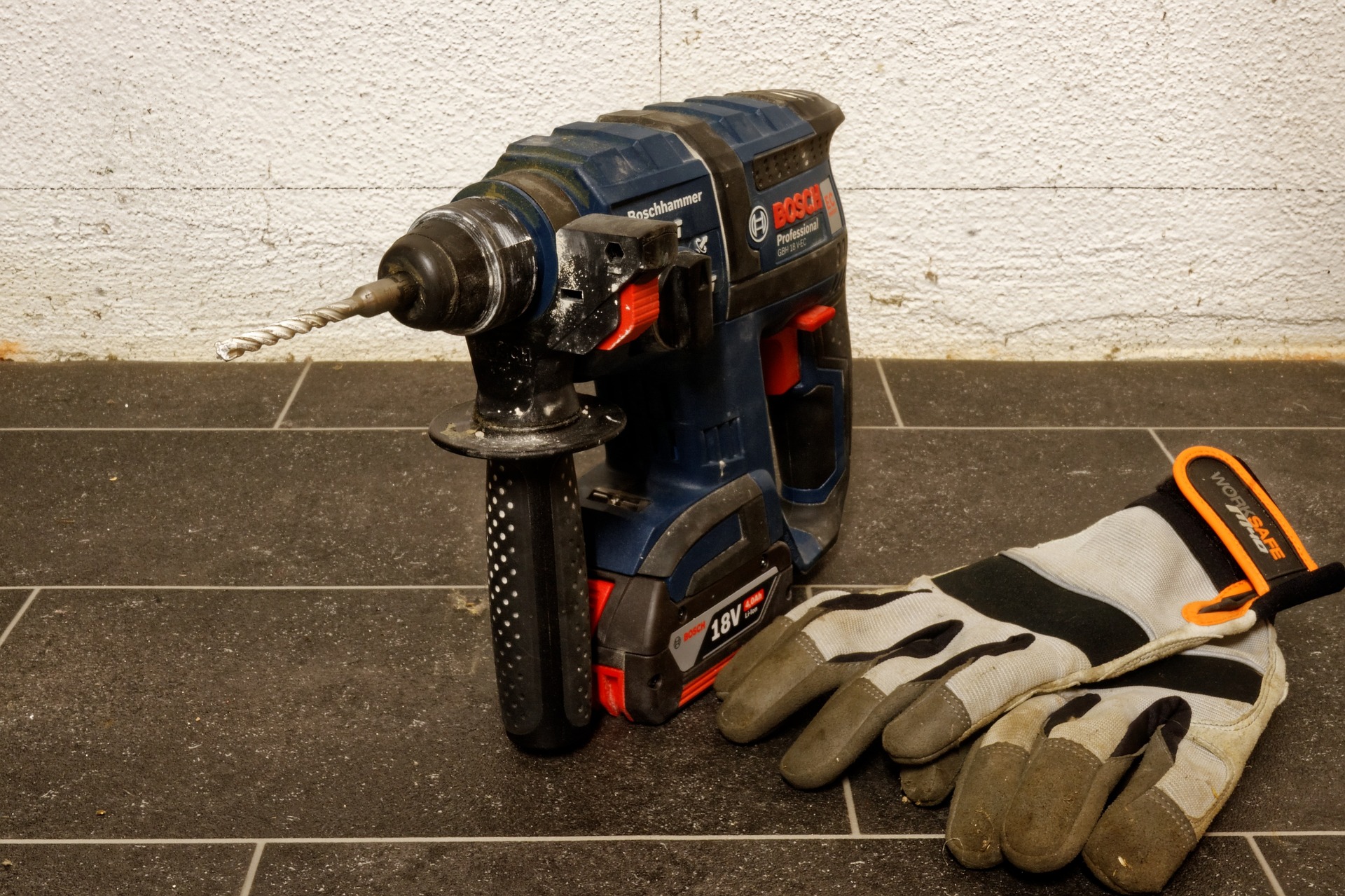A risk assessment must be carried out by “competent persons” in ALL companies, no matter how big or small.
This is a legal requirement under the European health and safety legislation (commonly known as the “six pack”). In the UK it is the Management, Health and Safety at Work Regulations 1992 which requires all work activities to be risk assessed. The aim is to ensure that no one gets hurt or becomes ill whether in your employment or not.
What is a Risk Assessment?
Nothing more than careful examination of what, in your work, could cause harm to people.
It allows you to weigh up the precautions taken and their suitability and whether more should be done to prevent harm. Small firms do not need a health and safety expert to conduct the assessment. You can do it yourself if you are confident that you understand what’s involved. If assistance is required, ensure that you get help from a competent source. You are responsible for ensuring that it is adequately done!
How to assess the risks in your workplace
You must decide if a hazard is significant and whether satisfactory precautions cover the hazard so that the risk becomes minor.
Hazard means anything that can cause harm (eg. working from ladders)
Risk is the chance, high or low, that someone will be harmed by the hazard.
Don’t become a cautionary tale like this company!
STEP 1: Look for the hazards
STEP 2: Decide who might be harmed and how
STEP 3: Evaluate the risks and decide whether existing precautions are adequate or whether more is required
STEP 4: Record your findings
STEP 5: Review your assessment and revise it if necessary.
The hazards may be few and simple, checking them may be merely common sense, but this does not mean that such checks are unnecessary.
It is likely you will already know the circumstances under which harm could be caused. If so, check that all reasonable precautions have been taken to avoid the injury.
STEP 1 Look for hazards
Walk around the workplace and look at what could reasonably be expected to cause harm. Concentrate on things that could cause serious harm or affect several people. Ignore trivial hazards. Listen to your employees, they are the ones who carry out the work.
Hazards which should be inspected by locksmiths include activities conducted; materials/substances; procedures; equipment; workplace and, of course, people. To be more detailed, see below.
| Materials/
Substances |
Procedures | Equipment | Workplace | People |
| · lubricating oils
· cleaning fluids · fumes from such fluids · moving parts of machinery · dust from cutting machinery · fire e.g. flammable materials |
· use of equipment
· setting of equipment inspections, continual and advance · servicing · maintenance · manual handling |
· cutting tools
· guarding on machinery likely to cause injury e.g. moving machinery · protective clothing
|
· ventilation
· location · lighting · services · workspace · slipping/ tripping hazards · working at heights · noise |
· employees
· yourself · members of the public · clients employees |
STEP 2 – who might be harmed?
Decide who might be harmed – those who are most at risk and groups of people who you may overlook.
There is no need to list individuals by name, merely think about groups of people who may be affected i.e. maintenance personnel; your staff; people sharing your work place i.e. your client’s employees; members of the public; staff with disabilities, visitors, inexperienced staff and loan workers.
STEP 3 Evaluate the risks
How likely is it that each hazard could cause harm?
You must decide for each significant hazard whether it is high, medium or low. This will enable you to determine whether or not you need to do more to reduce the risk. Remember some risk will usually remain. It is advisable to obtain the standards used throughout the industry. This will enable you to assess whether you have in place acceptable industry practice for your risk assessment. Often, more needs to be done, therefore remember you must do what is reasonably practicable to keep your workplace safe. The aim is to make all risks small by adding the necessary precautions. In evaluating risks ask yourselves the following questions:
(a) Can the hazard be eliminated?
(b) If not, how can I control the risk so that harm is unlikely?
Principles that can be adopted include:
- try a less risky option;
- prevent access to hazard;
- reduce exposure to the hazard;
- issue personal protective equipment;
- provide welfare facilities.
Should your work vary sufficiently, or employees move from one site to another, then identify hazards that can be reasonably expected and assess the risks from that. If while on site or during a job additional hazards are spotted then gather the information and take the action as necessary.
Ask yourself the following questions once the hazards have been lifted, do the precautions already taken:
- meet the standards set by the legal requirements?
- comply with the recognised industry standards?
- represent good practices?
- if the risk is not eliminated, is it reduced as far as reasonably practicable?
- have you provided adequate information, instruction and training as well as adequate systems and procedures?
You must indicate the precautions you have in place if these are already set out in other company documentation you can merely cross-reference they need not be re-written in your risk assessment.
Remember where a risk is not adequately controlled, you must indicate what more is required and ensure that such steps are taken.
STEP 4 Record your findings
If you have fewer than five employees then you don’t need to record your findings. However it is often useful to keep a written record of what has been done. If you do need to record your findings, hazards and conclusions must be recorded. Once findings are recorded employees must be informed. Keep the written record for future reference or use; it can assist in inspector site visits, remind you of particular hazards and precautions and shows you have done what the law requires.
You need to be able to show that:
- proper checks were conducted;
- affected persons were consulted;
- obvious significant hazards were dealt with, taking into account consequences;
- alternately that the precautions taken were reasonable and the remaining risk is low!
STEP 5 Review
Where any major changes are introduced, i.e. procedures or where a new job introduces significant new hazards of its own (not necessarily for each new job) amendments to the risk assessment maybe required. In any event, it is good practice to review your assessment from time to time to ensure that the precautions are still working effectively.




